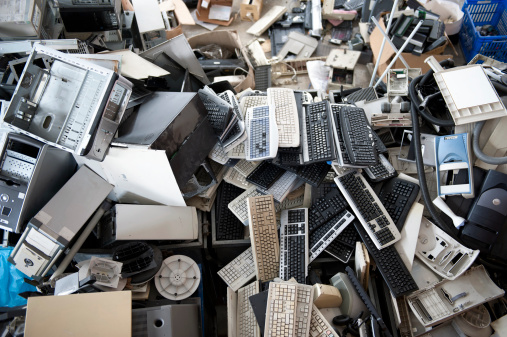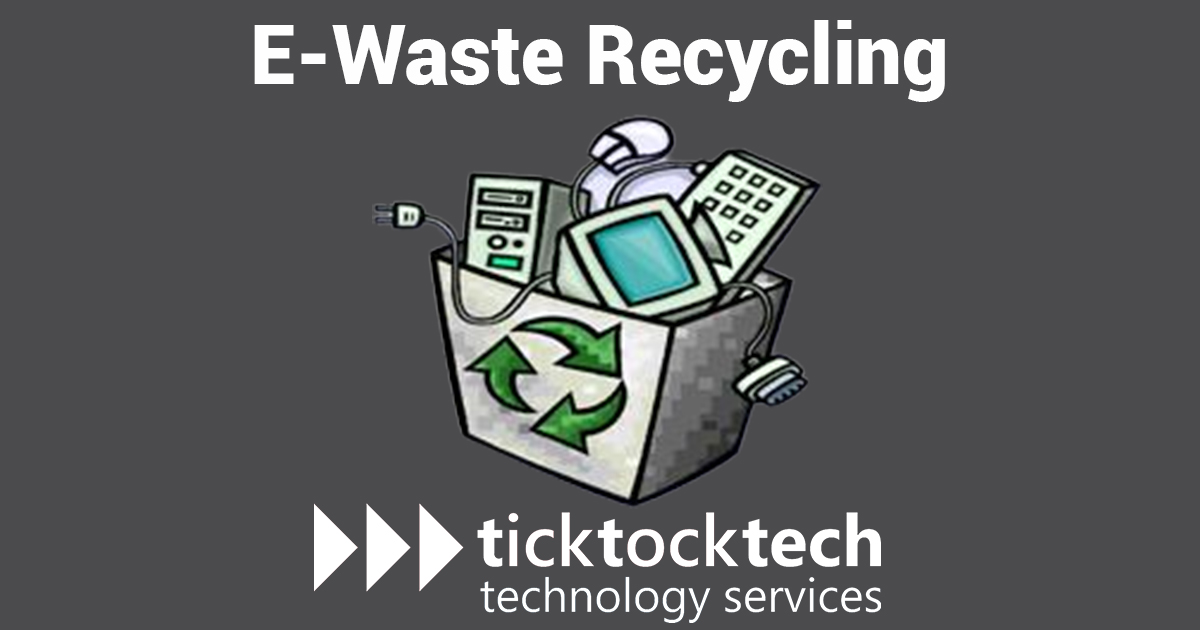Waste management is an essential program every community should take seriously, especially in times of climatic irregularities. Waste has always been the major point in early climatic and environmental concerns. Ranging from flooding to harming aquatic lives, sea level rising, and other material waste-induced disasters. Plastic, garbage, and electronic waste (E-waste) materials have been major waste types that lead to most disasters.
Electronic waste (E-Waste): What are they?
Electronic items or gadgets that are reaching the end of their usage period and disposed of are sometimes referred to as “E-waste.” Common electronic items include computers, TVs, VCRs, stereos, copiers, and fax machines.
Naturally, most people dispose of them by regular waste disposal and which is then taken by the governmental waste agency. However, have you ever thought of the waste cycle? Like where they ended up to? Where they end up depends on the country or location, while most of this E-waste ends up in landfills where they get burnt, some do end up in the ocean polluting the aquatic beings. In some locations, it ends up in waterways which pile up and has adverse effect during the rainy period.
As usual, technology has provided means of making waste end up in the best way possible. Fact is, most E-waste can be recycled into another raw material, while at the same time helping the environment. Recycling generally is the act of gathering and converting resources into new goods that would otherwise be thrown away as waste.
What to do before getting Rid of any E-Waste

This depends on the type of electronic waste, but generally, two things are considered. Either you’re getting rid of it as a “salvage asset” or disposing of it like other waste. When you want to gain anything in exchange for selling or disassembling an asset at the end of its useful life, it might be money or a discount on the price of your new device. If you are making it a salvage asset, then you can give your gadget as a whole with components intact.
However, if you just want to dispose of your gadget or E-waste like every other type of waste, it’s quite not advisable as there are batteries in most gadgets that are explosive in case of fire or burning, if not handled properly. If you want to go this route for maybe a computer or laptop, make sure you remove the battery, and the hard drive if it’s HDD.
The hard drive could be used as both could be useful and the battery should importantly be recycled if not usable. Recycling your E-waste doesn’t only help the environment but also gives you something in return as there are companies that will pay you or give a discount to exchange your E-wastes.
How Electronic Waste Recycling is Done in 5 Simple Steps (2023)
1 Sorting and organizing
When you go to your local recycling unit or a tech repair shop (that accepts e-wastes), you can either get money in exchange or get a discount on your new gadget. These tech repair shops or companies will either use some useful part or component of your gadget and sell the others as scrap.
For instance, your dead computer component can still be useful to repair other computers with similar components. They can also fully give out to local collection points for e-waste. When the Waste gets to the recycling factory, it will undergo sorting and organizing the waste into different categories. Separated based on several components and types like TV, Computer, Speakers, etc.
2 Weighing and presorting
This is where the second stage of sorting is done. As mentioned earlier, some electronic parts shouldn’t be disposed of or handled just anyhow. This carefulness applies to factories too and this is why sorting is done many times. This sorting stage is where physical hazardous materials such as batteries, ink, cartridges, and wired connections are removed.
3 Shredding
After sorting, the first filtered materials will be shredded into large pieces. This is done to pick off contaminants or hazard particles left. There are three stages of shredding where a primary is the first. After the primary shredding, materials pass through the under-band magnet which attracts materials like steel and ferrous metals for removal. Then goes to a secondary shredder where they are reduced in size and separated from one another. Aluminum pieces will be separated from the plastic part of the materials
4 Ferrous metal removal
After hard particles are crushed and separated, the material then passes on to the drum magnet where any ferrous metals are removed. Materials now enter the eddy current separator. This is where magnetic induction forces are used to separate materials that conduct electricity from the ones that don’t.
The ones not ejected are passed on to the trommel where glass and ceramics can be removed. Then it passes on to the optical sorter where it further removes small contaminates such as circuit board and copper wire from the plastic strain.
5 Rollouts
After all, these are done, the effective materials are already recovered while the hazardous materials have been isolated. The hazard materials are then sent for further careful refinement to companies like Nyrstar, Boliden or Penoles. Valuable materials are then sold to make new manufacturing products. These valuable materials are then remolded to new products which the cycle will go on and on to avoid the e-waste ending up in the wrong places like the ocean or causing environmental Disasters.

